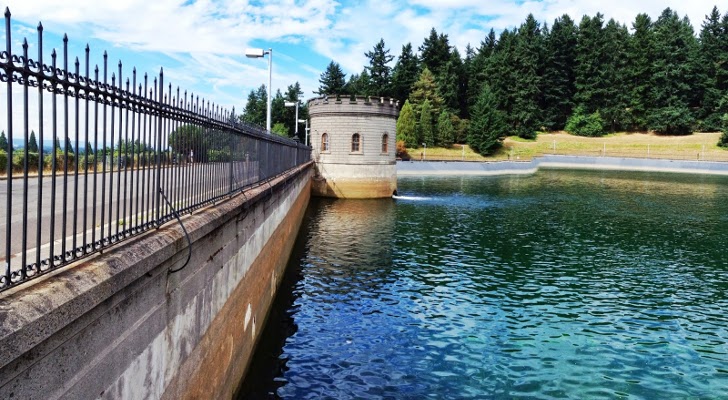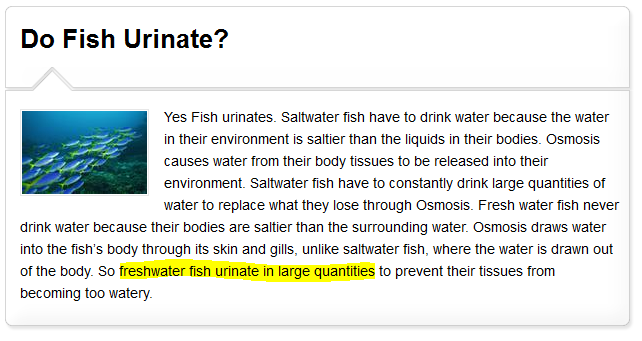The city of Portland, OR will empty a 38-million gallon reservoir after a teenager allegedly urinated in it, according to the Associated Press. It's the second time in three years that Portland is flushing its Mount Tabor reservoir after a urine-related incident.This all came about over this video showing a man taking a leak in the reservoir:
The reservoir is open-air and sits exposed to all of nature, leading many parties to question how necessary a draining would be, or how polluted 38 million gallons of water can really be by a single man's urine.
David Shaff, Portland's water bureau administrator, reserves a special disgust specifically for human urine. In 2011, when Shaff drained the reservoir following a urination, he reasoned to the Portland Mercury, "Do you want to be drinking someone's pee?... There's probably no regulation that says I have to be doing it but, again, who wants to be drinking pee?" This time around, Shaff wrote in a statement, "Our customers have an expectation that their water is not deliberately contaminated."
A half-liter of urine dumped in a 143 million-liter reservoir would get a urea concentration of about 3 parts per billion, according to Slate. (We calculated it would be a 50 nanoMolar solution.) Meanwhile, the EPA allows concentrations of arsenic in drinking water up to 10 ppb (never mind eating asparagus).
Gasp! And, fish pee in the water of that reservoir.
Maybe David Shaff, Portland's water bureau administrator, doesn't realize they have a water treatment facility for drinking water? From the Wikipedia entry
To treat the raw water, the bureau uses a process called chloramination, which disinfects the water with chlorine then adds ammonia to prolong the chlorine's effectiveness.[28] Although these additives kill microorganisms such as coloform bacteria and giardia that can cause disease in humans, they can react with naturally occurring compounds in water to form other compounds such as trihalomethanes. Under provisions of the SDWA, the bureau monitors the levels of disinfectant byproducts to ensure that they remain under the maximum limits set by the United States Environmental Protection Agency (EPA) and enforced by the Oregon Department of Human Services (ODHS).[29]#idiot
Since 1997, in response to targets set by the ODHS, the bureau has been adding sodium hydroxide to the water to reduce its potential for corroding lead and copper in home plumbing. The treatment, which makes the water less acidic, has resulted in "at least a 50 percent reduction in lead at the tap... ". The target pH range is 7.8 to 8.0.[28]





I don't think urine is that special, but fluoride, is definitely a concern. And here, they have done the right thing.
[Link]